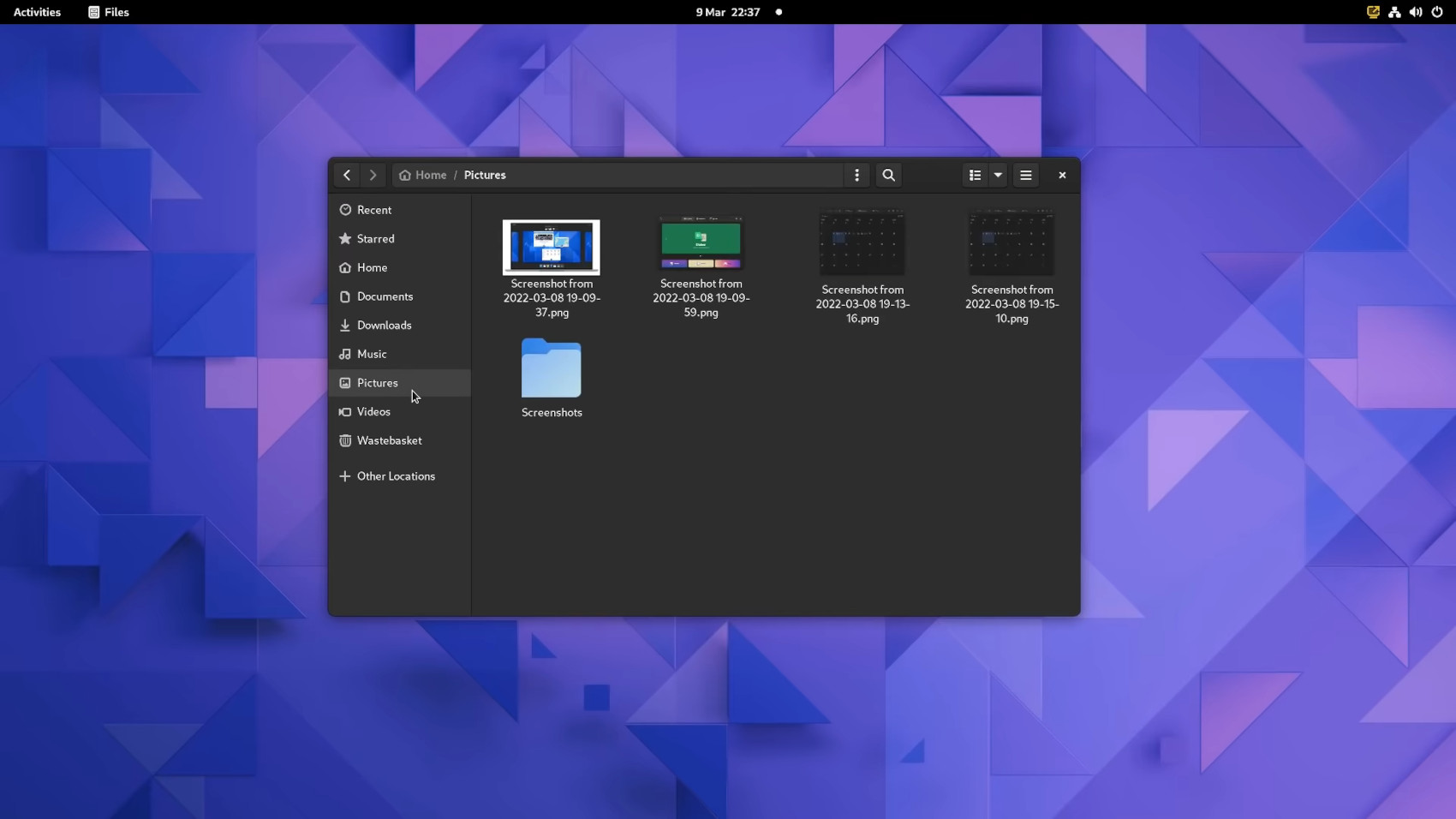Please note: Gnome is a desktop environment, not a Linux distribution (distro). However, for those just looking at Linux for the first time, this series is taking a slight detour to review a few of the most popular desktop environments before reviewing some of the actual distros that use them.
Gnome is the most popular desktop environment (DE) available for Linux, but it is easily the most controversial and the hardest to rate.
In the previous entry in this series, we explained the role of DEs in the Linux world. Among those, Gnome is a study in contradictions, simultaneously delighting and angering its user base.
Gnome’s Design Choices
Gnome is easily the most progressive DE among the top three. Gnome developers have never been afraid to reinvent the wheel or introduce sweeping changes to how their DE works.
In the early days of Gnome, the DE was fairly similar to comparable versions of Windows. Beginning with Gnome 3.x, however, the DE started radically changing as the developers tried to challenge the traditional desktop computing paradigm.
In its current incarnation, Gnome 43, the most popular Linux DE looks nothing like Windows and bears only a passing resemblance to macOS. Instead of desktop icons, always visible panels or docks, or anything else familiar to most computer users, Gnome has an “Activities” button in the upper left corner. Click on this, or tapping the Super (Windows) key, will reveal workspaces, the available applications, a search field, and a dock containing favorite applications at the bottom of the screen.
Unfortunately, a user must either activate the upper left corner or tap the Super key to access those common features, adding unnecessary steps to the workflow compared to other operating systems and desktops.
The Gnome developers have made it clear that their goal is for the desktop to get out of the user’s way and let them work. The approach is further emphasized by the inability to put folders, shortcuts, and icons on the desktop. The developers clearly want the DE to fade away, and keep the emphasis on whatever app or task the user is engaged with.
While this approach sounds good in theory, practically, it poses a slew of usability problems for many users. To be clear, and in all fairness, there are many users that acclimate to the default Gnome experience and grow to love it. At the same time, however, the fact that some of the most popular Linux distros include heavily customized versions of Gnome that bring back some of that basic functionality speaks to the many users who don’t agree with Gnome’s approach.
Gnome Developers
And that brings us to the Gnome developers. Any discussion of Gnome as a DE would be lacking without acknowledging that Gnome developers are someone “opinionated” about their views on the desktop computing paradigm. They are known for removing features, such as icons on the desktop, with little to no regard for how much their users may rely on that feature.
This ‘take it or leave it’ approach has also led to conflict with some distro makers who don’t appreciate features their users rely on suddenly disappearing.
Gnome Customization Options
Despite Gnome’s relative simplicity, there are ways to customize Gnome to an incredible degree via third-party extensions. Ubuntu, Pop OS, and Zorin OS are good examples of distros that use extensions to create a very customized Gnome experience.

The use of extensions is not without issues, however. Each major Gnome edition breaks many of the available extensions, requiring updates from their developers to fix them.
As long as the extensions are working, however, Gnome can be customized to be one of the most powerful, intuitive, and capable DEs in existence.
Rating
Rating Gnome really requires two ratings: one for unmodified vanilla Gnome and one for a customized version that adds back all the features Gnome’s developers have removed.
Vanilla Gnome: 2.5 out of 5 stars
Modified Gnome, like Ubuntu, Pop OS, or Zorin OS: 4.5 out of 5 stars







 WebProNews is an iEntry Publication
WebProNews is an iEntry Publication